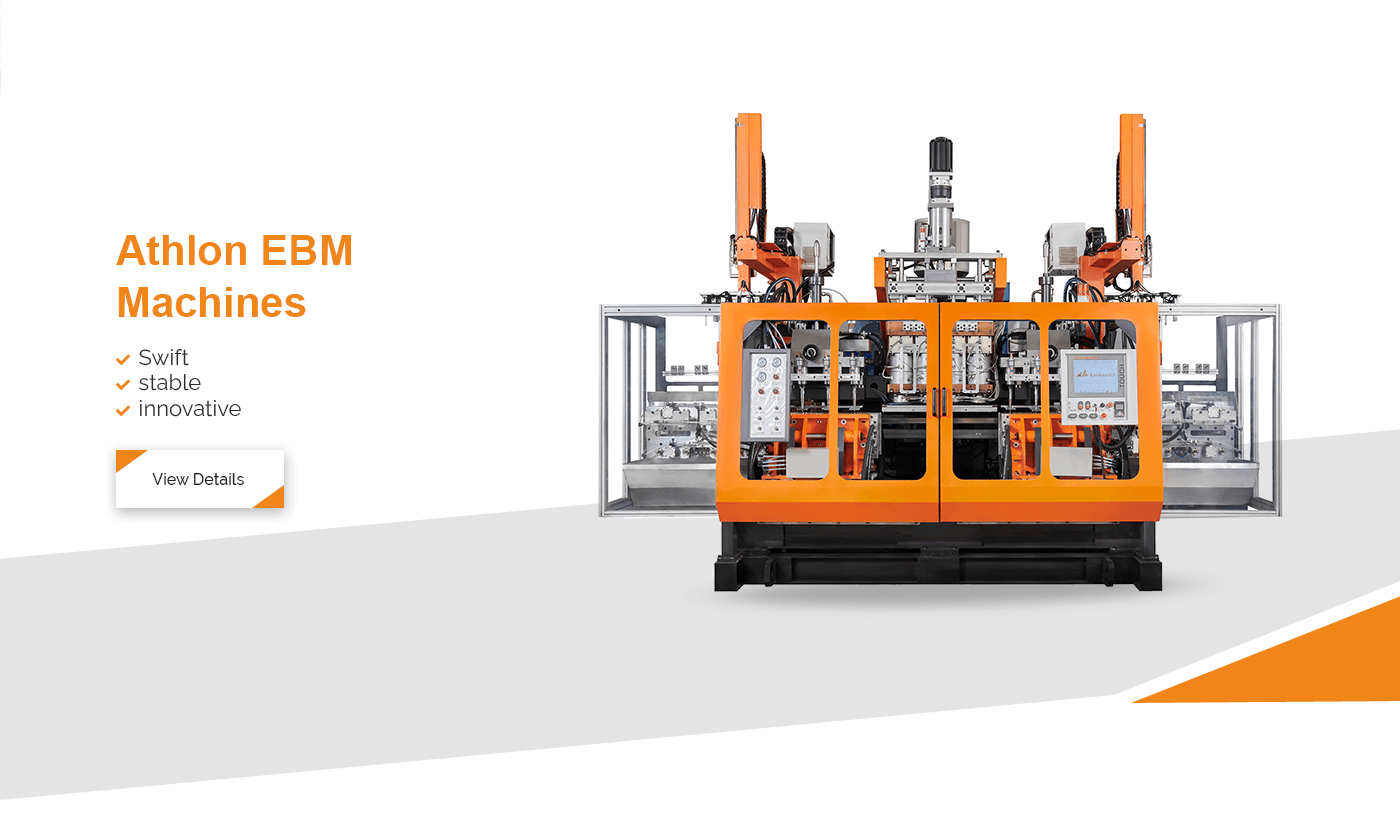
Guide to Troubleshooting Common HDPE Bottle Blow Molding Machine Issues
Guide to Troubleshooting Common HDPE Bottle Blow Molding Machine Issues
HDPE bottle blow molding machines are the backbone of the modern packaging industry, ensuring the reliable production of containers for food, beverages, chemicals, and more. As a leading blow molding machine manufacturer, Leshan understands that even the most robust machines can encounter operational challenges. This comprehensive guide will walk you through the most common issues faced by operators, offering practical troubleshooting tips to keep your production line running smoothly.
Understanding HDPE Bottle Blow Molding Machines
HDPE (High-Density Polyethylene) bottles are valued for their strength, flexibility, and chemical resistance. Leshan’s blow molding machines are engineered to transform raw HDPE material into high-quality bottles using advanced extrusion and molding technology. However, like all precision equipment, these machines require regular maintenance and prompt troubleshooting to avoid costly downtime.

Key Components of a Blow Molding Machine
- Extruder: Melts and pushes HDPE material forward.
- Die Head: Shapes the molten plastic into a parison (tube).
- Mold: Forms the final bottle shape as air is blown into the parison.
- Clamping System: Holds the mold securely during the process.
- Control Panel: Manages temperature, pressure, and timing parameters.
Common Issues and Troubleshooting Solutions
1. Uneven Wall Thickness
One of the most frequent complaints in HDPE bottle production is inconsistent wall thickness. This can lead to weak spots and product rejection.
- Possible Causes: Incorrect die gap, uneven temperature distribution, or improper parison centering.
- Solutions:
- Adjust the die gap to ensure uniform flow of HDPE.
- Check and calibrate the heating zones for even temperature.
- Ensure the parison is centered before mold closing.
2. Poor Bottle Finish or Surface Defects
Surface defects such as streaks, bubbles, or roughness can affect product aesthetics and functionality.
- Possible Causes: Contaminated raw material, improper mold temperature, or moisture in the HDPE.
- Solutions:
- Use only high-quality, dry HDPE pellets.
- Clean and polish mold surfaces regularly.
- Maintain optimal mold temperature as recommended by Leshan.
3. Incomplete Bottle Formation
Sometimes bottles may not fully form, leading to missing sections or collapsed areas.
- Possible Causes: Insufficient blowing pressure, improper mold closing, or low HDPE temperature.
- Solutions:
- Increase the blowing air pressure as per machine specifications.
- Inspect mold alignment and clamping force.
- Raise the extrusion temperature if the HDPE is not flowing smoothly.
4. Excessive Flash or Burrs
Flash refers to unwanted plastic that forms at the parting lines of the mold.
- Possible Causes: Excessive parison size, mold damage, or low clamping force.
- Solutions:
- Reduce parison extrusion size or time.
- Inspect mold for wear or damage and repair if necessary.
- Check and increase clamping force if required.
5. Machine Downtime and Automation Issues
With the growing demand for automatic blow molding machine technology, automation-related faults can disrupt production.
- Possible Causes: Faulty sensors, software glitches, or actuator failures.
- Solutions:
- Regularly calibrate and clean sensors.
- Update control software and consult Leshan’s technical support for persistent issues.
- Replace malfunctioning actuators or solenoids promptly.
Preventive Maintenance Tips from Leshan
As a trusted blow molding machine manufacturer, Leshan recommends a proactive approach to maintenance. Preventive care not only extends machine life but also reduces the likelihood of unexpected breakdowns.
- Schedule daily, weekly, and monthly inspections.
- Lubricate moving parts according to the maintenance manual.
- Monitor and log machine temperature, pressure, and cycle times.
- Keep the work area clean to prevent contamination.
- Train operators in both manual and automatic blow molding machine operations.
When to Contact Leshan Technical Support
Certain issues may require expert intervention, especially if troubleshooting steps do not resolve the problem. Leshan’s technical support team is equipped to handle complex repairs, software upgrades, and machine retrofits.
- Persistent machine alarms or error codes.
- Recurring defects despite adjustments.
- Upgrades to integrate newer automation features.
Spare Parts and Upgrades
Using genuine Leshan spare parts ensures compatibility and longevity. As a reputable blow molding machine manufacturer, Leshan offers a full range of replacement parts, including extruder screws, die heads, and control modules. Upgrading to the latest automatic blow molding machine models can further enhance productivity and product quality.
Conclusion
Troubleshooting HDPE bottle blow molding machines requires a systematic approach and a keen understanding of both mechanical and process variables. By following the steps outlined above and partnering with a reliable manufacturer like Leshan, you can minimize downtime and maintain consistently high production standards. Whether you operate a manual or automatic blow molding machine, regular maintenance and prompt troubleshooting are key to success in today’s competitive packaging market.
For more detailed guidance, spare parts, or to explore Leshan’s latest innovations in blow molding technology, don’t hesitate to reach out to our expert team.
Tags:blow molding machine application,All-Electric Blow Molding Machines Exporter Presents A New Addition,High-Power EBM Complete Machine
